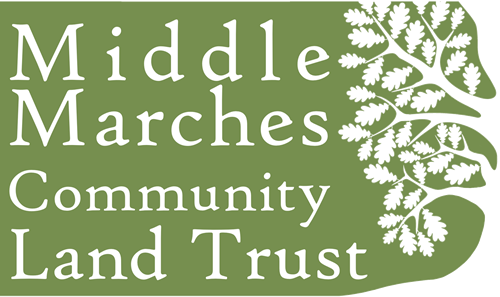Notes from the Hill
By Simon Cooter and the Natural England staff at Rigmoreoak (March 2020)
One of the first signs of spring on the hill is when frogspawn appears in the pools dotted around the hill. Some of these small ponds are natural and have formed where there is a spring emerging from the rocks and the subsequent peaty vegetation has blocked the flow of water. Others are manmade and many of the small pools found on the hill were dug by volunteers. This not only creates a small habitat, but also acts as a watering hole for the grazing animals allowing them to reach parts of the hill that they might otherwise avoid due to lack of water.
Hidden by a cloak of heather, the Stiperstones has a number of historical ditches which were put in for agricultural or forestry purposes, and where we can, we have blocked up many of these with small timber dams, or infilled them to restore the natural hydrology and hold water on the hill for longer. The process of doing this, often creates a small pool, which is then inhabited by wetland species such as sphagnum mosses, dragonflies and frogs and toads.
We would expect to start seeing frogspawn on the hill in February to early March, but lower down in gardens it could be earlier. It will be interesting to see whether this gets earlier as the climate changes.
Creating a pond in the garden is one of the best ways to bring wildlife into your garden, and also has the added benefit of encouraging frogs and toads which can help in the fight against slugs. However small the pond that you create, it can still hold a wealth of wildlife, although it will always be better if it is not stocked with fish, which tend to eat a lot of the wildlife that you might want to attract. Once created with either a hard or a soft liner, the quickest way of introducing life to your pond is to get a bucket of pond water from a friend or neighbour, which will bring with it a myriad of organisms, which will then make their home in your pond.
If you would like to learn more about frogs and toads the local charity, Caring for God’s Acre, is running a free course at Buildwas, where Dr John Wilkinson from the Amphibian and Reptile Conservation Trust will be taking a walk around the churchyard looking for their signs. Caring for God’s Acre is a charity dedicated to the care of burial grounds and it is actively involved in raising the awareness of these sites as wildlife refuges. As well as having some extraordinary ancient trees, these burial grounds often hold the last remnants of our long lost lowland meadows. For more information on Caring for God’s Acre, their events and how to get involved see their website: www.caringforgodsacre.org.uk
If the hill dries up a bit, we will hopefully soon be carrying out our controlled burning of the heather. This is mainly carried out on the rocky areas of the heathland where we can’t access it by tractor to cut the heather. As well as benefitting wildlife this management also reduces the risk of wildfires in the summer, which would be very damaging to the site and its wildlife.
The first day of the Blakemoorgate cottages being open this year is Sunday 5th April, 11am – 3pm.
